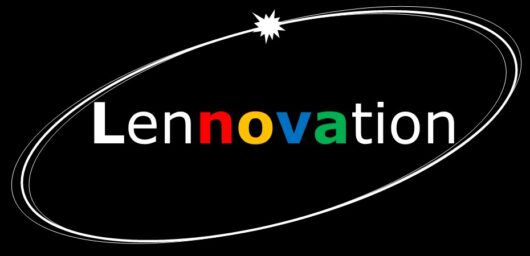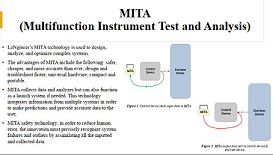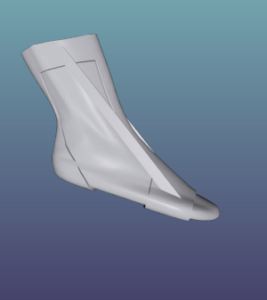- MITA is currently engineered to quantify the following stats:
- Thermal —MITA collects temperature information from the system in order to measure and monitor the amount of heat energy or coldness that is generated by the system or end item device. MITA can be used to detect solids, liquids, gases, or radiant energy over a wide range of temperatures seen in flight.
Fluids/Computational Fluid Dynamics (CFD) — MITA interacts with the system including flow meter to collect the sample totalized flow volume, occlusions (blockage) in fluid flow tubing, internal tubing liquid pressure, liquid level, weight or weight change over time for flow rate, and gas presence/concentration. MITA can inject simulation data to the system or end item device as a sample fluid and verify the accuracy.
- Evaluate all relevant aspects of a complex system simultaneously for real-time data integration from multiple sources.
- Facilitate prognostic and health monitoring for hybrid propulsion systems.
- Develop measurement technologies for calculations and adjustments for aerodynamic, structural, flight control and propulsion system performance characteristics.
- Facilitate sensing technologies and telecommunication methods for flight test measurement applied to manned or unmanned aircrafts.
- Facilitate MITA technical expansion with multiple design streams to be able to support a variety of active measurement instruments.





